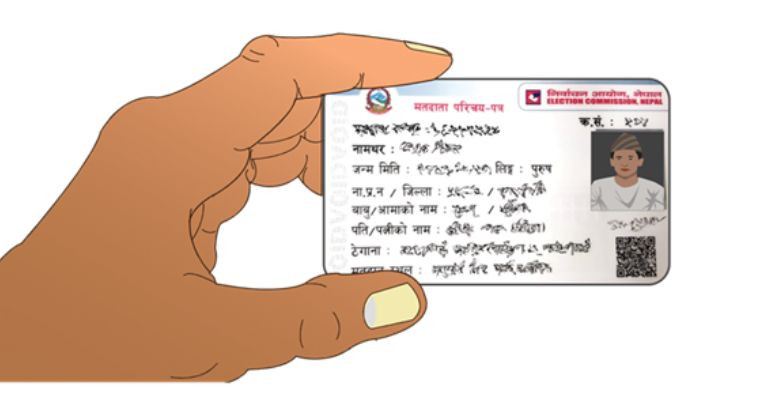
Google has introduced the PassKey system as an alternative to password and two-factor authentication for the security of its users. Passkey is such a system, which must be logged into the account on other official devices before using it.
This feature is already available on Google's major platforms. Users can now use a passkey instead of their password or two-factor authentication. The company claims that Passkey is more secure than passwords and two-factor authentication. Companies like Google, Apple, and Microsoft announced that they will start a passkey system in collaboration with the Fido Alliance (FIDO).
Like the traditional way of applying this passkey system; There is no need to set a password or turn on two-step authentication. If you apply a passkey to your Google Account, you can easily sign in using your device's PIN, turning on biometrics such as fingerprint or Face ID.
Because of this, you don't have to worry about remembering the old password. And, the company says that the passkey is safe because the third party does not get things like biometrics or PIN of your phone. Even if you fall into a phishing attack, it does not mean that your Google account can be used by others.
Because you have to use device PIN, password, fingerprint or FaceID to sign in. In the case of phishing, the account is protected because such information of the device is not accessible to the hacker.
How to set a password in Google account?
- First of all, click here and go to the Google account page.
- Then login by entering the password.
- And click on 'Use Passkey' option.
- If you do this, you will be asked to enter the passkey when you sign in to Gmail on another device.
- You have to enter your email address first in another device or browser. Then tap on the 'Continue' option.
- After doing this, click on the 'Continue' option at the end of the 'Use your passkey to confirm it's really you' option box.
- And you are asked to scan or verify biometrics by giving a code on your device. In this case, you can sign in the account by putting your device's password, pin or biometrics.
Your device's password, PIN or biometrics are stored in the device's hardware. This feature can be used especially on devices running Android 9 and iOS 16.















